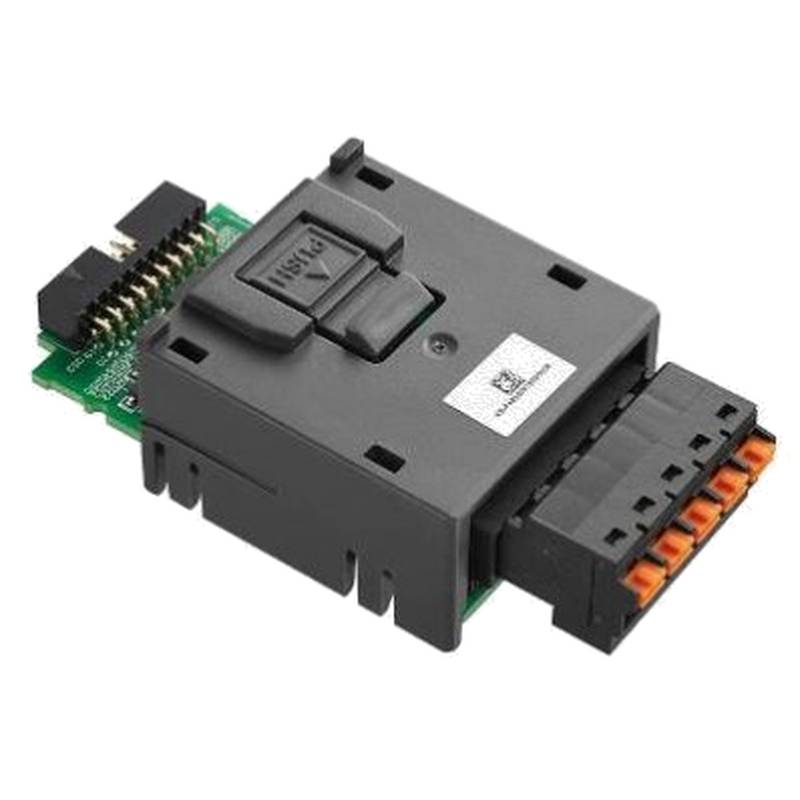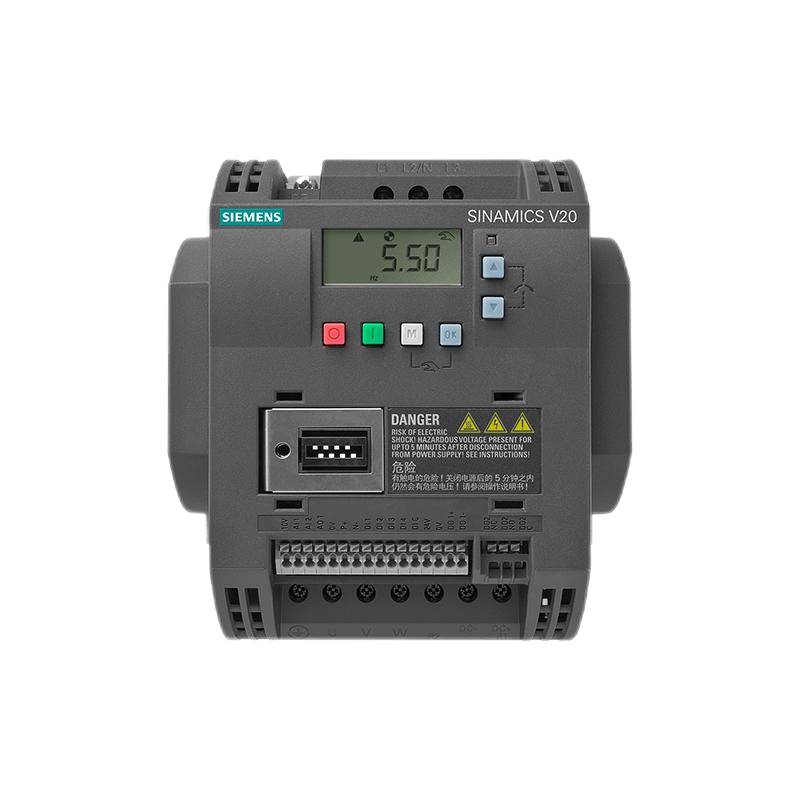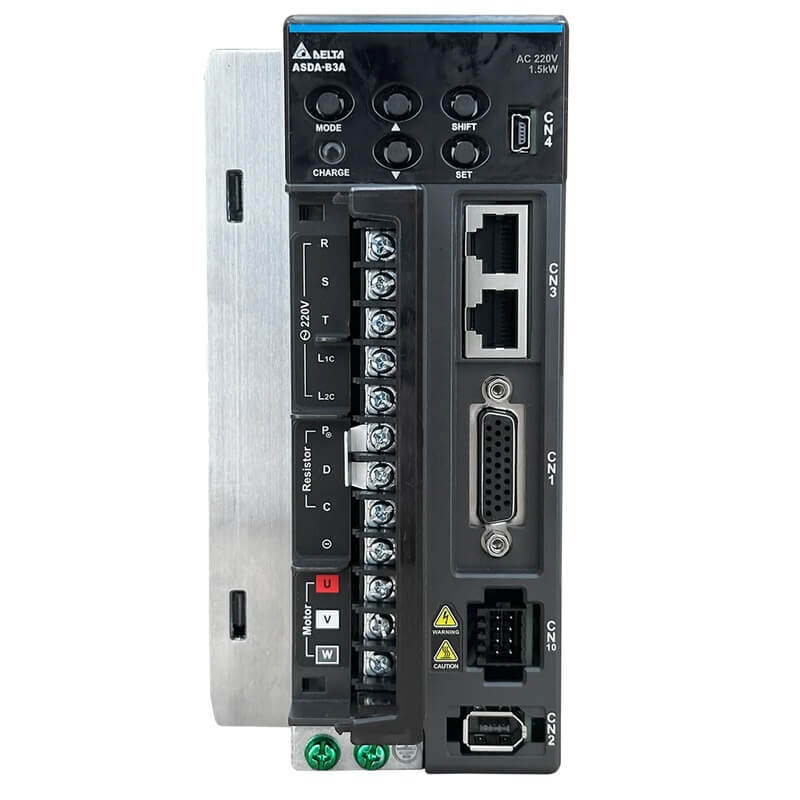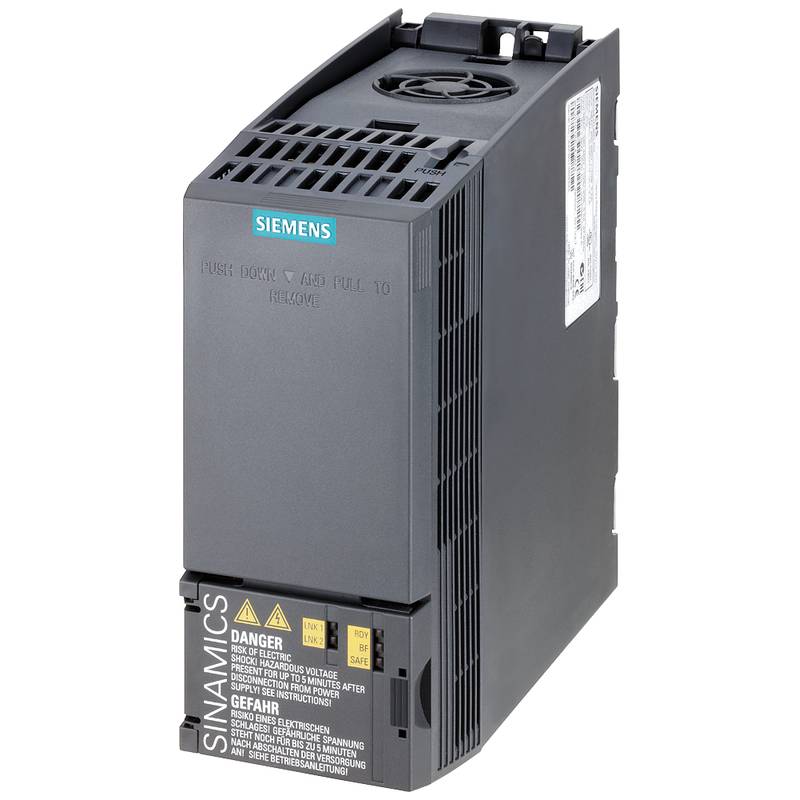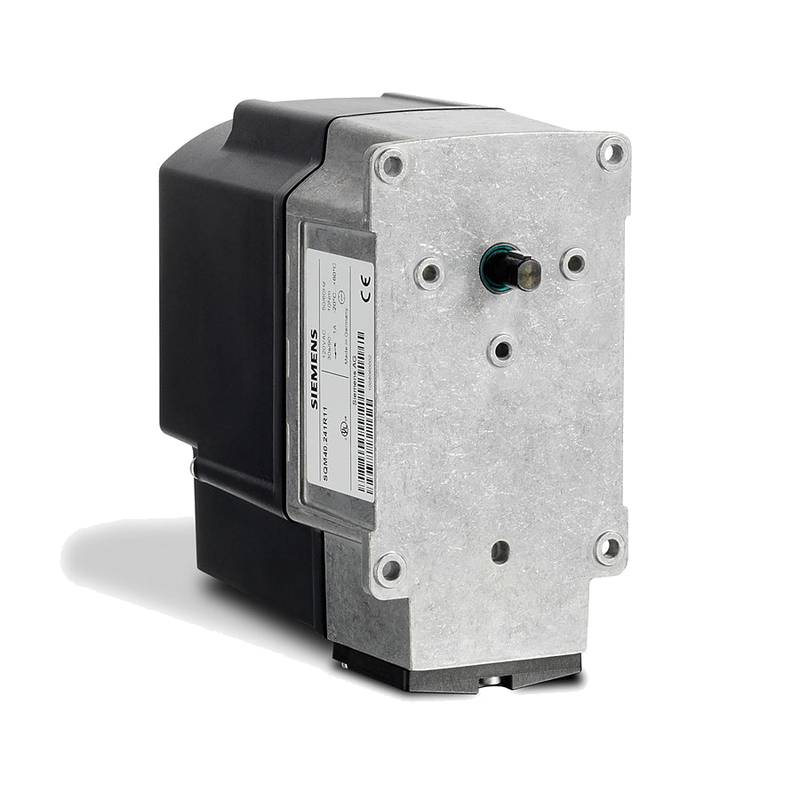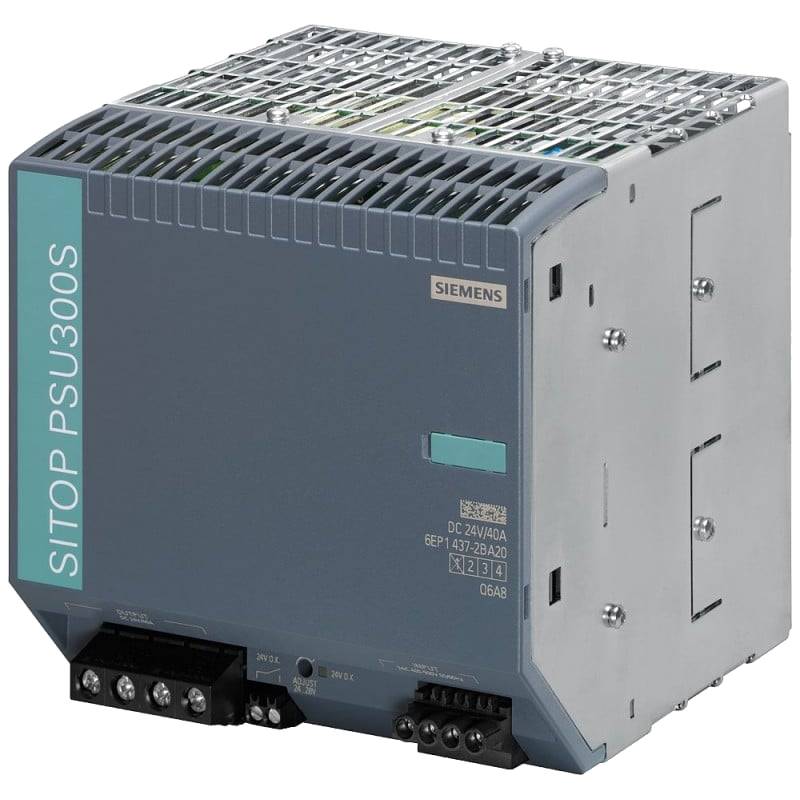
The Delta AS-F232 RS-232 Serial Communication Interface Module is a robust solution designed to bridge the gap between industrial automation devices and systems requiring serial communication. This module facilitates reliable data exchange, enhancing the connectivity and control capabilities of various automation setups. With its direct RS-232 interface, the AS-F232 is engineered for seamless integration into Delta's DVP series Programmable Logic Controllers (PLCs) and other compatible industrial hardware. Its primary advantages lie in its ease of use, dependable performance in demanding environments, and its ability to extend the communication reach of automation systems. Key technical specifications include a power consumption of typically 5VDC, 30mA, an operating temperature range of 0°C to 55°C, and a communication speed that supports standard RS-232 protocols.
Product Specifications
| Feature | Specification |
| :------------------- | :------------------------------------------ |
| Communication Type | RS-232 Serial Interface |
| Compatibility | Delta DVP Series PLCs and compatible devices |
| Power Consumption | 5VDC, 30mA (Typical) |
| Operating Temperature| 0°C to 55°C |
| Storage Temperature | -20°C to 60°C |
| Humidity | 10% to 90% non-condensing |
| Dimensions | Standard module size for Delta DVP systems |
| Mounting | DIN rail or direct panel mount |
Core Features & Market Positioning
The Delta AS-F232 distinguishes itself in the industrial communication module market through its specialized RS-232 capability, directly addressing the persistent need for serial data transmission in legacy and specialized equipment. Unlike modules offering broader communication protocols, the AS-F232 focuses on providing a high-quality, stable RS-232 link, making it an ideal choice for interfacing with older machinery, serial printers, barcode scanners, and specific sensor types that rely exclusively on this standard. Its integration within the Delta ecosystem offers a streamlined experience for users already invested in Delta automation products, ensuring compatibility and simplifying system design. This focused approach positions the AS-F232 as a critical component for maintaining and modernizing industrial operations where RS-232 connectivity remains a necessity, offering a cost-effective and reliable communication extension.
Key Application Scenarios
Industries requiring precise serial data acquisition and control frequently leverage the Delta AS-F232. This includes manufacturing environments for connecting to CNC machines, robotic arms with serial interfaces, or older inspection equipment. In the building automation sector, it can be employed to integrate climate control systems, access control devices, or energy meters that utilize RS-232 communication. The logistics and warehousing industries can benefit from its use in linking automated guided vehicles (AGVs) with central control systems or in managing serial-based conveyor belt systems. Furthermore, process industries might use the AS-F232 for interfacing with standalone analytical instruments or older flow meters that output data via serial ports, ensuring continuous data logging and operational oversight.
Practical System Integration Guidance
Integrating the Delta AS-F232 module into a DVP PLC system is a straightforward process. Physically, the module typically slots directly into an expansion port on the PLC base unit. For RS-232 communication, users will need a standard DB9 serial cable to connect the AS-F232 to the peripheral device. Wiring involves ensuring correct pinouts are matched between the module and the connected equipment. In terms of programming, the Delta ISPSoft software is used to configure the module's communication parameters, such as baud rate, data bits, parity, and stop bits, to match those of the connected device. Specific function blocks within the PLC program will then be utilized to send and receive data through the AS-F232 module, enabling the PLC to interpret or command the connected serial device.
Operation and Risk Mitigation
Operating the Delta AS-F232 module requires adherence to specified power and environmental conditions to ensure optimal performance and longevity. Potential risks include incorrect wiring, which can lead to communication errors or damage to connected devices, and exceeding environmental limits like temperature or humidity, which can cause module failure. It is crucial to verify all connections before applying power and to ensure the module is installed within its specified operating temperature range. While the AS-F232 itself has minimal operational complexity, troubleshooting often involves checking the serial device's configuration, verifying the communication cable integrity, and confirming the PLC program's data handling logic. Faults are typically indicated by communication status LEDs on the module or PLC, or through error codes logged within the PLC's diagnostics.
Scalability & Long-Term Value
The Delta AS-F232 offers significant long-term value by enabling the integration of older, but still functional, serial devices into modern automation architectures. Its compatibility with the Delta DVP series allows for easy expansion of existing systems without requiring a complete overhaul of peripheral hardware. For businesses looking to embrace Industry 4.0 principles, the AS-F232 serves as a vital bridge, allowing serial data to be collected and potentially converted for transmission to higher-level systems like SCADA or cloud-based IIoT platforms via the PLC's primary communication ports. This modular approach ensures that investments in existing serial-based equipment are protected, while still facilitating a path towards greater digitalization and data-driven decision-making.
Frequently Asked Questions
What is the primary function of the Delta AS-F232 module?
The Delta AS-F232 module provides a dedicated RS-232 serial communication interface. It allows Delta DVP series PLCs to connect with devices that use the RS-232 standard. This enables data exchange for control and monitoring purposes.
How do I connect the AS-F232 module to my PLC and serial device?
Physically, the AS-F232 module typically connects to a DVP PLC via an expansion slot. A standard DB9 serial cable is then used to link the module's RS-232 port to your serial device. Ensure proper pinout alignment for successful communication.
What are the typical communication parameters for the AS-F232?
Common parameters include baud rate (e.g., 9600, 19200), data bits (usually 8), parity (None, Even, Odd), and stop bits (1 or 2). These settings must match those configured on the connected serial device for reliable data transfer.
Can the AS-F232 module be used with PLCs other than Delta DVP series?
While primarily designed for Delta DVP PLCs, the AS-F232 can potentially be used with other systems that have compatible expansion interfaces and support RS-232 communication. Verify physical and electrical compatibility thoroughly.
What is the maximum communication distance for RS-232 using the AS-F232?
RS-232 communication is generally limited in distance, typically around 15 meters (50 feet) at lower baud rates. For longer distances, consider signal boosters or alternative communication protocols if supported.
How do I configure the AS-F232 module within Delta ISPSoft?
In ISPSoft, you would select the AS-F232 module and configure its serial communication settings under the module configuration menu. This includes defining baud rate, data format, and other protocol-specific options.
What types of devices commonly use RS-232 and can be connected to the AS-F232?
Common devices include barcode scanners, serial printers, older industrial sensors, some HMIs, and certain types of laboratory or analytical equipment. Any device with a standard RS-232 DB9 port is a potential candidate.
Are there any specific wiring considerations for the AS-F232 module?
Yes, ensure the TX, RX, and GND lines are correctly terminated between the AS-F232 and the serial device. Incorrectly crossed TX/RX lines are a common cause of communication failure. Consult device manuals for pinout details.
What troubleshooting steps should I take if the AS-F232 module is not communicating?
First, verify all physical connections and ensure the serial device is powered on and configured correctly. Check the communication parameters set in both the PLC and the serial device. Inspect the serial cable for damage.
Does the AS-F232 module support flow control (e.g., RTS/CTS)?
Standard RS-232 communication supported by the AS-F232 typically includes hardware flow control signals like RTS (Request To Send) and CTS (Clear To Send). Ensure these are correctly wired and enabled in the configuration if required by your serial device.














